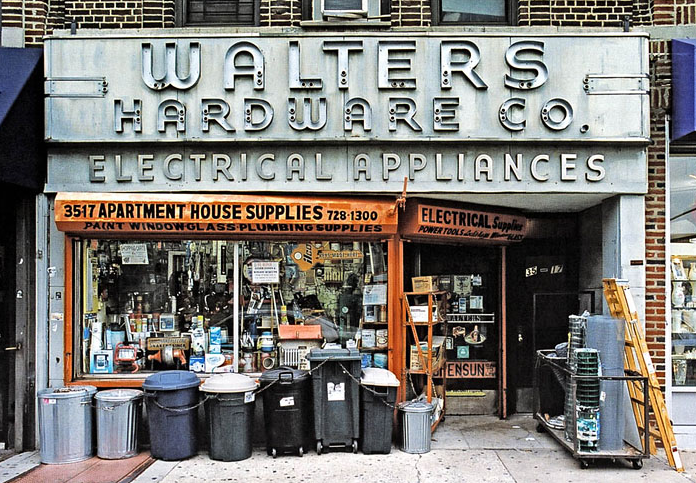#1) The reason why I think Architectural Theory is important:
For years I've been told "Architectural Theory isn't real architecture". Which, I understand as a statement, but don't really get. Like, alright, Theory has nothing to do with line weights (unless you are writing the most esoteric thesis ever) or construction schedules (unless you count Violet Le-Duc). But what it does, what is really does is allow people to have a conversation about design which doesn't put the past on a pedestal. It takes architecture out of the feeling one might have towards a museum piece: to be viewed with appreciation and nothing else. Theory allows for educated, legitimate rejection of selfish work. A conversation.
Dadaism's form of modernism has made it so "ugly" isn't a credible argument against architecture. What Theory does is create a language which can allow for a nuanced understanding of:
A) What architecture is
B) What architects do
Sometimes I think my personal interest in this field comes from the sake of always hating Frank Lloyd Wright's kitchens. I've ranted about his kitchens before, but I'll do so again because it illustrates my point. FLW was a genius, but he was also a dude who never cooked a day in his life. From childhood on, he either had a woman or a professional chef cooking for him. He had no clue whatsoever how much space is needed to cook a turkey and it shows. But the mythos of Wright is so strong the assumption that everything he did was flawless is almost cannon. What flaws he has are boiled down to his personal life, which, to me, is just a variation on a theme. He was bullying to women who bored him, so he made spaces that just reinforce the idea that "cool women" are only cool because they act like men. He wanted a Jeffersonian utopia but only one where everything looked like an etch-a-sketch print-out and everyone was square-jawed with middle-class aspirations. Before theory, I don't think I would have had the chops, or the cojones to come out and say the most scandalous statement I can imagine for architects : Frank Lloyd Wright is ok.
Be rebellious. Hate something dexterously. Read Theory.
#2) The Secret Legacy of C.B.J. Snyder
Speaking of old white dudes, C.B.J Snyder is highly underrated. He oversaw the construction of over 400 schools in New York City with most of his buildings still standing, many now classified as NYC landmarks. He made revolutionary strides in children's welfare in school space, HVAC and promoting public education. Charismatic and likable, he was elected to the school board by an almost unanimous vote.
There's a care to his buildings, a uniformity which was clearly created with the best of intentions. High ceilings, classrooms that are usually 28' by 22', clerestory windows into the hallways and lovely entrances. Further, he arranged that the air conditioning would be adjacent, if not directly through the closets, which meant by the time the children had to go home, their (often) wool coats would be dry.
There are some things that are bizarre in his work though. For instance, in some of the high-schools there are "boy's gyms" and "girl's gyms", but only locker rooms/showers for the boys. Presumably this is because girls weren't going to get physical enough to work up a sweat? Or some belief that women are shocked by nakedness, even among each other? Or maybe there was something there about clothing for women being more difficult to take off. Who knows, could be any or all of those reasons.
In either case, check out his work. As it stands, I may write a blog post soon about the history of public school buildings. There's an interesting history there, one that is influenced deeply by politics, even today.
That's it from New York - over to you Pennsylvania!



